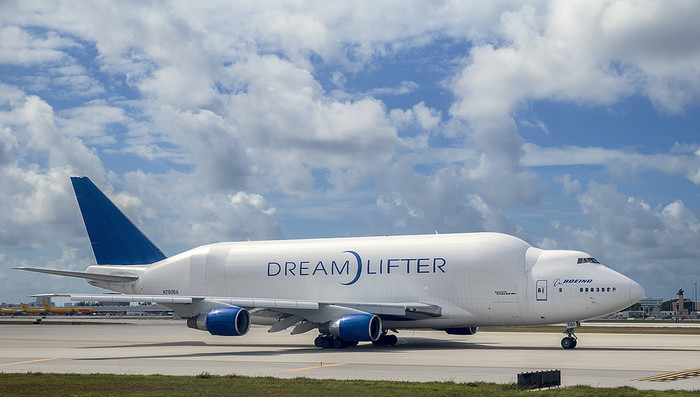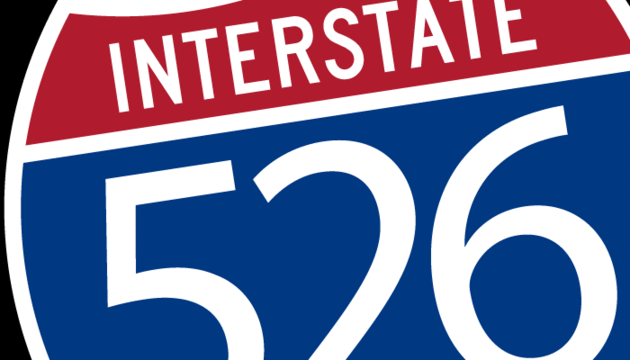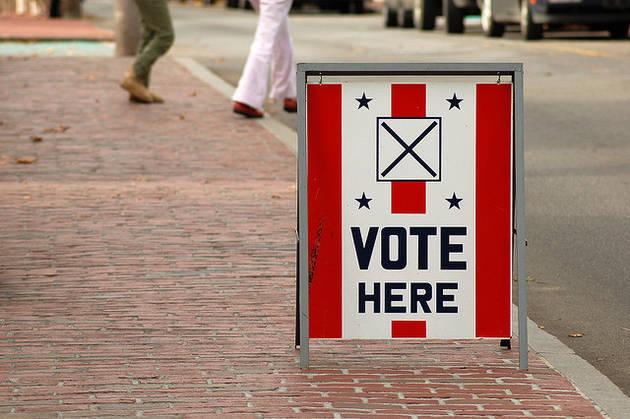
Image by flickr user Bill Lim Commuter rail has popped on the radar as gas prices and area population surges.
Update September 7: Brian Hicks has penned a piece in today's Post and Courier that adamantly favors the construction of a commuter rail system spanning the Interstate 26 corridor and stopping the Lowcountry from making a half-billion dollar Mark Clark Expressway mistake.
Looking at the big picture, environmentally, economically and practically speaking, a light rail system could solve the traffic issues the Charleston metro-area currently faces.
First reporting July 13, 2008: As traffic in the Charleston metro area thickens, plans to widen I-26 have become more lucid. The Post and Courier says:
On a typical workday, roughly 140,000 vehicles roll through its busiest stretches — 160 a minute during the morning rush. Most of the time, I-26 efficiently speeds motorists between downtown Charleston and Summerville in 20 to 25 minutes. But rush hour is a different story. ... If you think rush hour is tough now, consider what it might be like in 20 years or so. If government projections hold true — and the area's planners suspect their own forecasts are too conservative — 265,000 new residents will pour into the area during the next two decades.
But, commuter rail starts to look a lot better than widening I-26 when you factor in a population that continues to grow, record-breaking gas prices, a local bump in Amtrak riders and an old area that struggles to handle cars.
Though commuter trains aren't cheap, they compare favorably to roads. The Post and Courier says the commuter rail could run $1.3 to $10 million per mile, compared with some $36 million per mile for an I-26 expansion. So what to do? With the once-lofted monorail system now defunct, bets seem to be on commuter rail, and that's looking more feasible. Mayor Joe Riley recently wrote in a letter to The Post and Courier:
However, commuter rail is. We would be able to take thousands of cars off the interstate and other busy roads during commuter hours, allow commuters who go to and from the exact same place every day a comfortable, safe, convenient and relaxing way to get to and from work. And, considering the cost of gasoline, automobile ownership, taxes, insurance and parking expenses, we would save a commuter a huge amount of money every year.
A $97,000 study is already underway for a route between Charleston and Summerville. Also, a S.C. transit plan outlines some future possibilities for rail at the state level, including the potential to tie Charleston into U.S. Department of Transportation's Southeast High-Speed Rail Corridor. The Post and Courier is covering the rail topic throughout the week, we'll keep you posted of interesting remarks.



